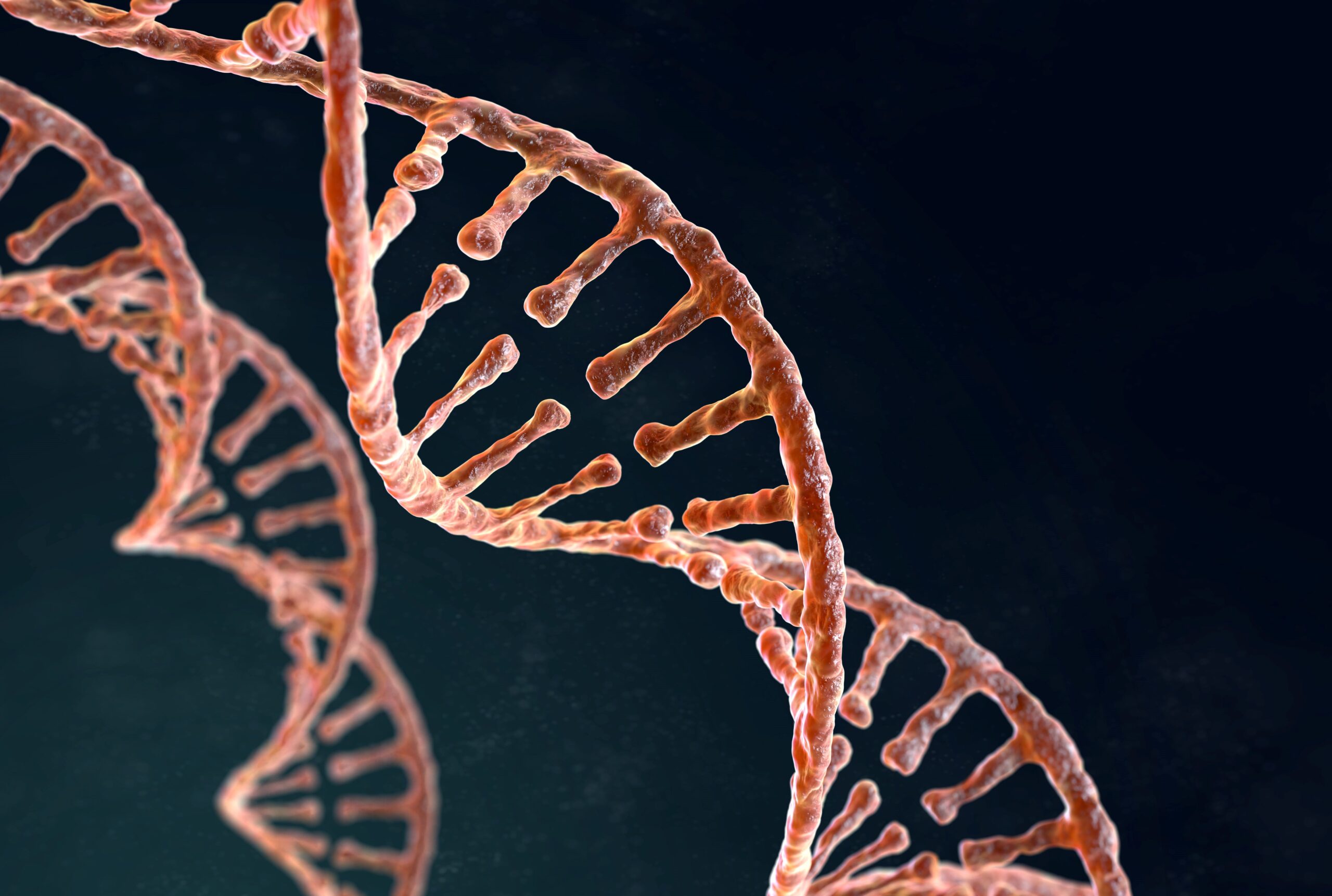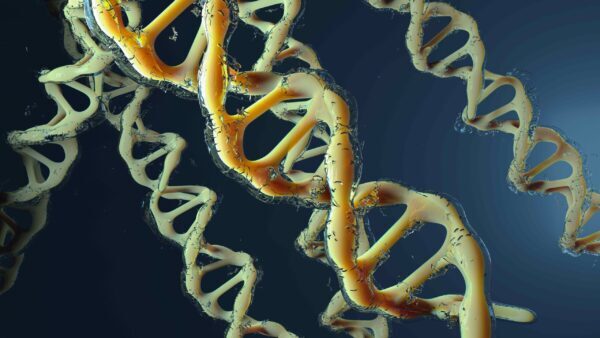When it comes to the discovery of the structure of DNA, Watson and Crick are the names that most often come to mind. These are the names that have been in biology textbooks, science prizes, and popular lectures for decades. But the story behind the scenes is the story without which the discovery itself would not have happened. And the name of that story is Rosalind Franklin.
Read also: Soft2Bet Growth in iGaming: From Small Brands to Large-Scale Ideas
The discovery of the DNA double helix is considered one of the key scientific breakthroughs of the 20th century. It not only explained the mechanism of heredity but also laid the foundation for modern genetics, medicine, and biotechnology. But how exactly was this helix found, and who really brought science to this point?
When the Double Helix Was a Mystery.
Rosalind Franklin was born in London in 1920. From a young age, she wanted to become a scientist; even then, this choice was contrary to societal expectations of a woman. Despite this, Franklin went to Cambridge, earned a PhD, and later contributed to the development of anti-gas filters during World War II. But her most significant work was just beginning.
In 1951, she joined King’s College, where she began using X-ray diffraction to study the structure of DNA. Conditions were far from friendly. Women researchers at the time had to literally prove their right to exist in academia. Colleagues like Maurice Wilkins, with whom Franklin shared a lab, mistakenly considered her an assistant rather than an equal scientist.
Despite the isolation and professional conflicts, Franklin continued her work. In 1952, she made the famous photograph 51 X-ray images of DNA that became the key to unraveling its structure. The image was the result of painstaking, 100-hour work and fine-tuning of equipment. But instead of awaiting publication, the photo ended up in the hands of Watson and Crick without Franklin’s knowledge.
Against the backdrop of this scientific conflict, it is important to note a few key facts often omitted from textbooks:
- Franklin’s Photo 51 provided the first visual evidence of the helical shape of DNA.
- Francis Crick and James Watson used this photo without permission to build their famous model.
- Franklin reached the same conclusions independently, but her publication was presented as an afterthought.
- She died before the Nobel Prize, which is not awarded posthumously.
- Her contribution was long silenced, but today it is recognized as fundamental.
In 1958, Franklin died of cancer at the age of 37. Four years later, Watson, Crick, and Wilkis were awarded the Nobel Prize for discovering the structure of DNA. Franklin was not formally remembered at that time because the prize is not awarded posthumously.
A Memory that Cannot Be Ignored
Could we imagine a different scenario in which Franklin received the

recognition she deserved? Moreover, perhaps she could have won the Nobel Prize twice. After all, after her work with DNA, she moved on to researching viruses, and it was this topic that earned her colleague a Nobel in 1982.
So why has Franklin’s story remained in the shadows for so long? Partly because of bias in the scientific community. Partly because of myths created by Watson and Crick themselves, especially after Watson’s book The Double Helix, which portrays Franklin as sullen and inept. It wasn’t until decades later that biographers who studied her personal correspondence and the memoirs of her colleagues were able to do her justice.
Today, Franklin’s story is an important reminder: scientific discovery is always a team effort, and everyone who contributed to it deserves to be recognized. It is a lesson in the importance of ethics, openness, and, finally, that brilliant ideas can be born where they are least expected, even in a laboratory where women are not supposed to speak too loudly.
Rosalind Franklin didn’t just take a picture that changed science. She became a symbol of the fight for scientific justice. And perhaps it is her story that will inspire a new generation of female researchers to make their own discoveries.


Comments are closed